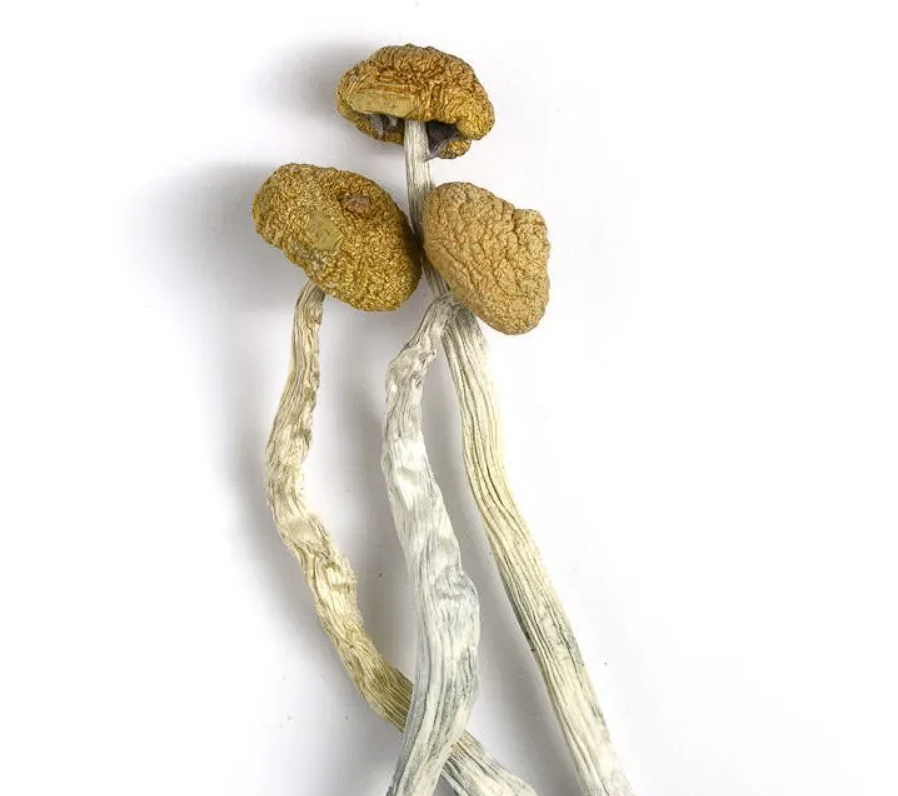Do an internet search on Malabar Mushrooms[i], and you will likely get a lot of sites dedicated to Indian cooking, but the name also belongs to a strain of Psilocybe cubensis that was found on the Malabar Coast of the subcontinent. It is considered a good choice for people just getting into cultivation, but reports on its potency are strangely inconsistent. Perhaps it is variable.
Description
Malabar mushrooms don’t have a particularly striking appearances relative to other cubes. Depending on who wrote the description, they may be described as small or large, light or dark. Basically, while there are cube strains have a unique look (notably, Penis Envy and its variants), this isn’t one of them. It looks like a Psilocybe cubensis mushroom: small to medium in size with a brownish cap and dark spores.
Trip Effects
The trip effects of the Malabar Mushroom are again those of Psilocybe cubensis in general: altered mood and thought processes and altered perceptions (especially at higher doses), plus, usually, some nausea. Other common side effects include vomiting, problems with balance and coordination, and anxiety, but all these can be managed and minimized. Severe side effects, such as seizures, are rare but possible, especially at higher doses.
For most users most of the time, “altered mood” means euphoria and feelings of connection. Some people use psilocybin to treat themselves for anxiety, and they report good results. The paradox that mushrooms can both reduce and cause anxiety is one of the things that suggests psilocybin does not so much alter the user’s mood as enhance it. Go in relaxed and feeling good, and you’ll have a good time. Go in worried, and you could have a nightmare. This is why mindset and physical setting are so important when preparing for a trip. It’s also worth saying that for those with the personal understanding and emotional maturity to accept uncomfortable emotions, “bad trips” can be important growth opportunities. “Altered thought processes” can include important personal and spiritual insights, though it’s important to take the time to process these after the trip and learn from them or they won’t do much good.
The altered perceptions—hallucinations—are the part non-users usually focus on. Many people are, in fact, unaware that magic mushrooms do anything other than “make you see stuff.” In fact, except at high doses, the hallucinations are fairly subtle, and experienced users don’t seem to consider them all that important.
Potency and Dosage
Potency for this strain is highly variable; a clone taken from a weak batch can produce very strong fruits. The best bet may be to dry and pulverize a large number of mushrooms and then thoroughly mix the powder to achieve consistency. Then you can take a small dose or a microdose to see what happens and calibrate dose sizes from there.
If you’re confused about dosing Malabar Mushroom, use our magic mushroom dosage calculator.
Growing
Malabar Mushroom grows quickly and easily and is therefore considered a good strain for beginners. Yield size varies from very poor to excellent, though agar work to stabilize genetics should help with that. Colonization time is typically short[ii].
Although any tek that works for Psilocybe cubensis generally will likely work for Malabar, reportedly[iii] its favorite substrates include rye grain, wheat straw, and horse or cattle manure. Ideal temperature during colonization is 28° C (82° F), while fruiting should be anywhere from 23°-26° C (73° -78° F.)
Buying vs. Growing
The decision whether to buy or grow your own depends both on your goals and your situation.
Growing psilocybin mushrooms yourself is discrete (important if you live in an area where psilocybin possession is illegal) and will give you a relatively large and consistent supply. Everything you need to get started, including the spores, is legal in many jurisdictions because spores themselves do not contain psilocybin. Plus, many people find mushroom growing an enjoyable and fascinating hobby. On the other hand, not everybody wants a large supply of a single strain, and if you do get caught, you’ll be facing much more serious charges than if you had only a dose or two on you.
Buying is a security risk, if you live in an area where possession is illegal; your dealer is potentially a witness against you. You also have no assurance of quality except your dealer’s word for it, and you have no recourse if there happens to be a problem. It’s not like you can call the Better Business Bureau about the black market. Certainly do not buy foraged mushrooms, since all psilocybin mushrooms have deadly look-alikes. But if you have a safe and reliable source and all you need is a couple of doses, then buying is the way to go. And if you live in an area where possession has been decriminalized but production has not been, it could even be the more secure option.



